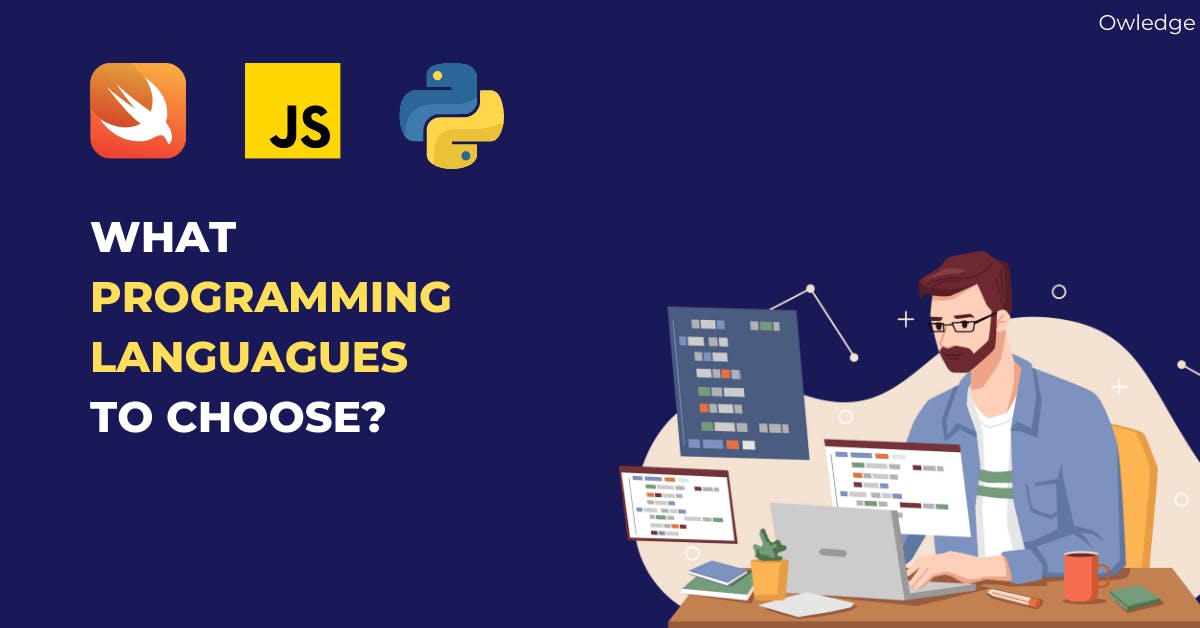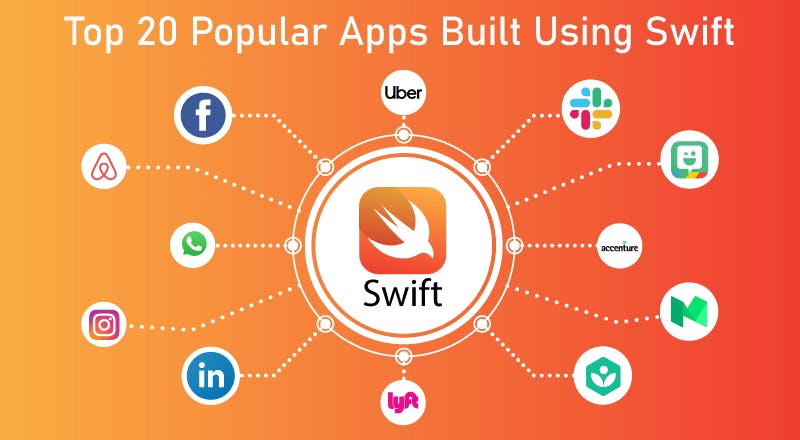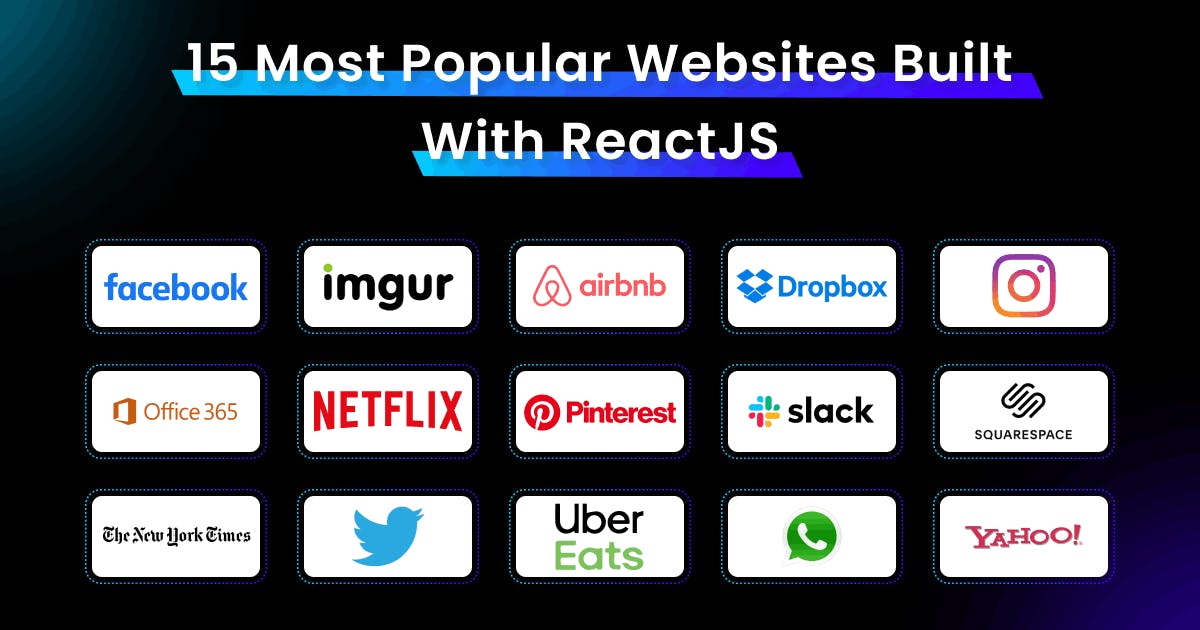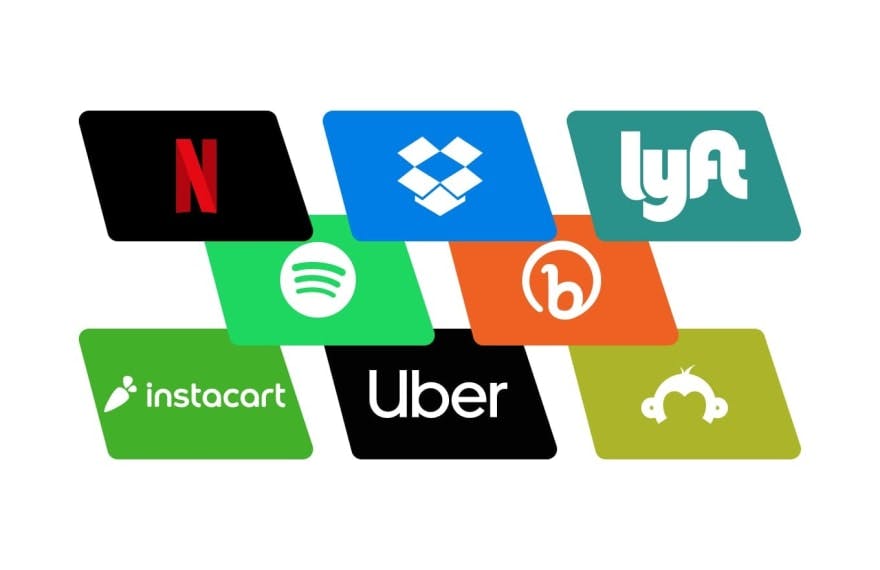
October 16, 2022
3 In-demand Programming Languages To Learn This Year
What programming languages are in demand today? Which programming languages are easier to learn? What to choose this year to not go back to the stone age? Our team created a list of 3 programming languages that will help you to win a high-paid job this year!

Swift
Swift is a general-purpose, multi-paradigm, compiled programming language developed by Apple Inc. It was introduced in 2014 as a replacement for Objective-C and has since gained significant popularity among developers, especially in the Apple ecosystem.

Here are 4 reasons why Swift is popular today:
Easy to Learn and Use
- Swift is designed to be user-friendly and approachable, making it easier for beginners to pick up and learn. Its clean and expressive syntax, along with modern features like optionals and type inference, simplifies the coding process and reduces the likelihood of errors.
- Swift's readability and simplicity contribute to faster development cycles and increased productivity for developers.
Performance and Safety
- Swift's powerful type system and emphasis on safety contribute to improved performance and robustness in code. The language includes features like optionals, which help prevent null pointer errors, and automatic memory management, reducing the risk of memory leaks.
- Additionally, Swift is a compiled language, which means it is optimized for performance, resulting in faster execution compared to interpreted languages.
Open Source and Community Support
- Apple open-sourced Swift in 2015, allowing developers to contribute to its development and expanding its adoption beyond the Apple ecosystem. This move has fostered a vibrant community around the language, leading to the creation of libraries, frameworks, and tools that further enhance Swift's capabilities and versatility.
- The active community support ensures that Swift remains up-to-date and relevant, addressing issues and introducing new features regularly.
Interoperability with Objective-C
- Swift was designed to work seamlessly with Objective-C, the programming language previously used for Apple's iOS and macOS development. This interoperability allows developers to leverage existing Objective-C code, libraries, and frameworks within Swift projects and vice versa.
- Most features eased the transition for developers from Objective-C to Swift and provided a smoother path for adopting the new language.
To sum up, Swift is popular because of its safety features, active community that will answer all your questions, ease of learning, pretty decent performance and last, but not least - interoperability with Objective-C.
If you're a beginner, try it for sure, our team consider this languages is the easiest to learn.
JavaScript
JavaScript is a high-level, interpreted programming language commonly used for web development. It allows developers to add interactivity, dynamic content, and functionality to websites, making it a crucial component of modern web applications.

Our team is using JavaScript on daily basis and the website you see right now is built with JavaScript (React.js).
Main reasons why to start learning Javascript today:
- Client-Side Interactivity: JavaScript's ability to run directly in the browser enables client-side interactivity, allowing websites to respond to user actions without the need to reload the entire page. This responsiveness enhances the user experience, making websites feel more interactive and dynamic.
- Wide Adoption and Support: JavaScript is a widely adopted language with a massive and active developer community. As a result, there is an extensive range of libraries, frameworks, and tools available that simplify and accelerate the development process. Popular libraries like jQuery, React, and Vue.js, and frameworks like Angular and Node.js, contribute to the popularity of JavaScript and its versatility for both front-end and back-end development.
- Cross-Platform Compatibility: JavaScript is supported by all major web browsers, making it a platform-independent language. This cross-platform compatibility allows developers to create web applications that work seamlessly across different devices and browsers, ensuring a consistent user experience.
- Serverless Architecture and APIs: With the rise of serverless architecture, JavaScript has gained even more popularity. Services like AWS Lambda and Google Cloud Functions enable developers to build scalable, event-driven applications without managing servers. JavaScript's support for JSON (JavaScript Object Notation) makes it a natural choice for interacting with web APIs, facilitating data exchange between web servers and clients.
- Front-End and Full-Stack Development: JavaScript's versatility as both a front-end and back-end language makes it a preferred choice for full-stack development. With Node.js, developers can use JavaScript on the server-side, allowing them to build entire applications using a single language, leading to code reusability and simplified development workflows.
JavaScript's ability to create interactive web experiences using front-end and back-end development is in-demand today. And it doesn't matter what kind of website are you going to build. It remains a fundamental language with a progressive ecosystem for any future projects.
Python
Python is a high-level, interpreted programming language known for its simplicity, readability, and versatility. Guido van Rossum first released Python in 1991, and it has since grown in popularity to become one of the most widely used programming languages.
These apps below are using Python:

Why is Python is popular nowadays?
Ease of Learning and Use
- Python's clean and intuitive syntax makes it easy to learn, even for beginners. Its readability resembles English-like statements, reducing the learning curve and making it accessible to non-programmers and seasoned developers alike.
- The ease of use and quick grasp of the language contribute to faster development cycles and increased productivity.
Versatility and Application
- Python's versatility allows it to be used across various domains and applications. It is widely used in web development, data analysis, machine learning, artificial intelligence, scientific computing, automation, scripting, and more.
- Its extensive libraries and frameworks, such as Django for web development and TensorFlow for machine learning, provide robust tools for various tasks.
Active Community and Ecosystem
- Python has a vibrant and supportive community of developers, contributing to its popularity. This community actively develops and maintains libraries, frameworks, and packages that extend Python's capabilities. The vast ecosystem of tools simplifies complex tasks, saving time and effort for developers.
Data Science and Machine Learning
- Python has become the go-to language for data science and machine learning projects. Libraries like NumPy, Pandas, and Matplotlib provide essential data manipulation and visualization capabilities, while popular machine learning libraries like TensorFlow offer advanced machine learning algorithms.
Adoption by Tech Giants
- Python's widespread adoption by tech giants like Google, Facebook, Netflix, and Amazon has significantly contributed to its popularity. These companies leverage Python for various tasks, from web development to AI and data analysis, further highlighting its reliability and scalability.
Versatility, extensive ecosystem and its strong presence in data science and machine learning make Python one of the most used and popular languages in the world. Now there is a trend of AI-powered solutions and Python is a right language for AI development.
Conclusion 📍
We didn't dive deep into technical basics for each language, because it's most likely a beginner's guide. We hope you understand the main purpose of these languages and your choice won't wait too long.
If you don't know how to start as a freelance, our team created a bunch of courses and guides: Freelance courses and remote work guides, check them out!
### More Useful Links
What is Owledge? - Learn more about Owledge in 1 short article.
Join Our Discord Community - we post 100+ freelancing jobs, news and trends daily!
Try Owledge For Free - to explore our app for freelancers, agencies, solopreneurs and small businesses!
You can also follow us on Facebook, Twitter, Pinterest & LinkedIn.